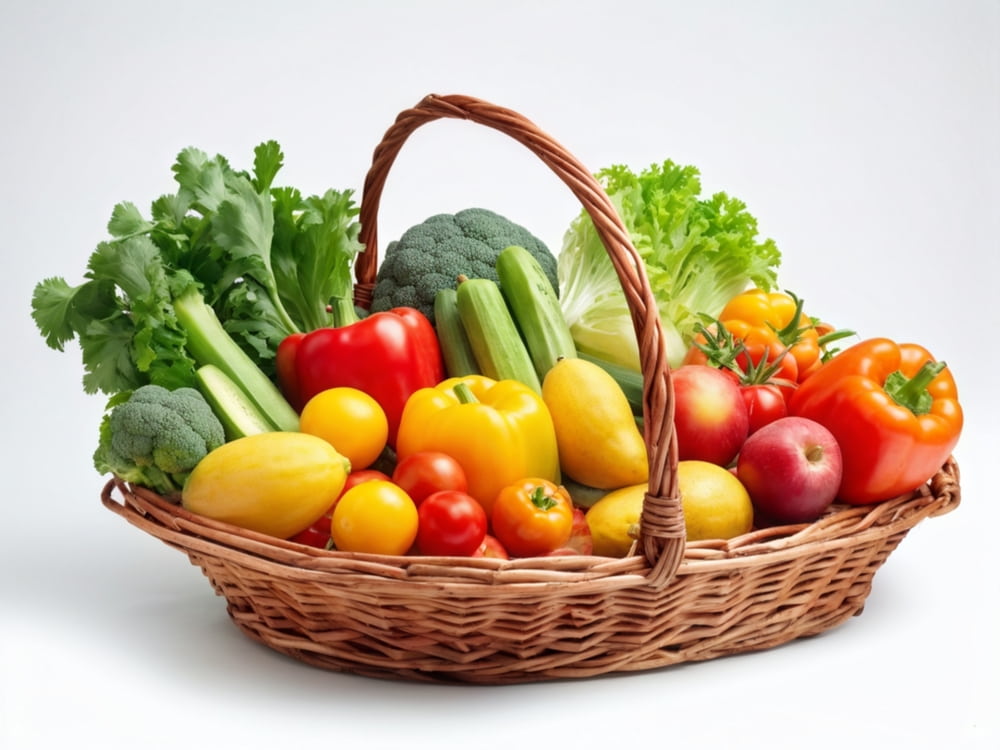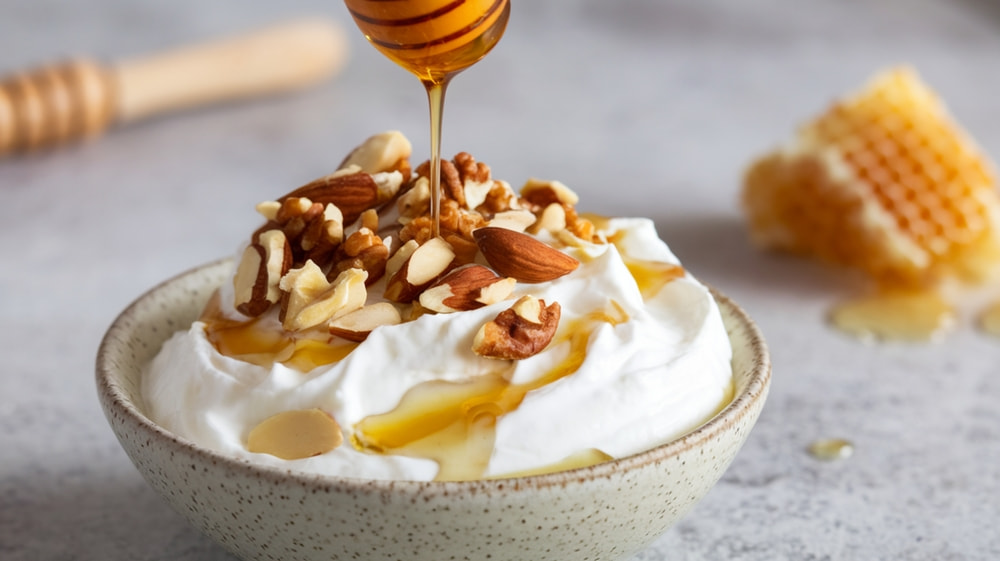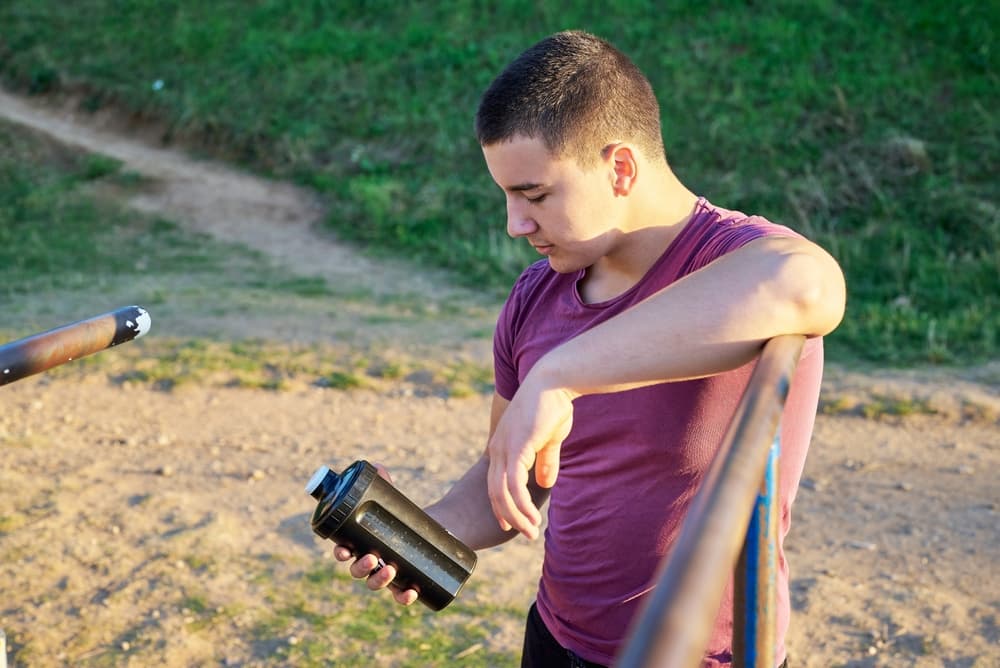Cheap and Healthy Lunch Ideas for Busy People


Finding time to prepare healthy meals in a busy life is a difficult task for many. With work pressure, office, and outside responsibilities, we often rush to eat fast food or expensive food. But eating healthy doesn’t have to be costly or time-consuming. With thoughtful planning and simple ingredients, you can make nutritious, delicious, and low-cost lunches.
Today, we will learn how to prepare cheap and healthy lunch ideas for busy people, even in a busy life, with some simple, time-saving, and budget-friendly ideas that will take care of your daily energy and health.
According to Harvard Health, meal planning helps reduce cost and food waste.
Quickest Meal Prep Techniques
5 Basic Ingredients
Protein
Mayo Clinic experts suggest combining fiber and protein to stay full longer.
- Boil lentils or chickpeas together and store in the refrigerator.
- Boil eggs and store them in the refrigerator without peeling them.
- Fry/boil chicken or tofu in a light spice mixture.
Grains/Carbs:
Cook rice (white or brown), daliya, or oats for 4-5 days.
Can be made into rotis or parathas at the beginning of the week.
Fresh vegetables:


Chop vegetables needed for salads or cooking (such as carrots, cucumbers, onions, cabbage) and store in an airtight container.
Sauces and dressings:
Make spicy chutneys for salad dressings or stuffing and store them in the refrigerator.
Healthy fats:
Prepare nuts, seeds, or avocados just before use, without chopping them.
Batch Cooking and Stacking
Multi-tasking: While the lentils are cooking (in a pressure cooker/pot), roast vegetables or boil eggs in the oven or on another burner at the same time.
Double Recipes: When cooking a recipe at night, cook double the quantity. Set aside the extra portion for lunch. (Example: If you cook lentils, keep half of them in the fridge for lunch).
Freezer Storage: Divide soup, dal, or meat curry into small portions and store in the freezer. This can be quickly reheated and used as lunch any day.
“No-Cook” or “Low-Cook” Techniques
Lunches that require no or very little cooking:
Use canned: Use canned chickpeas, canned fish, or canned vegetables. These can be used directly in salads or sandwiches.
Instant Pot or Microwave: Get into the habit of using the Instant Pot or microwave to prepare oats or dal quickly.
Overnight oats: Mix oats, yogurt/milk, and fruit the night before and keep it in the fridge. You can pack this as lunch in the morning.
Storage and labeling tips
Airtight containers: Use good-quality airtight containers to keep food fresh.
Proper labeling: Write the date and name of the food on each food container kept in the fridge, so that no food is wasted by mistake.
5-minute assembly lunch ideas
1. Yogurt and fruit lunch bowl


Ingredients: Plain sour yogurt, banana, apple, almonds or chia seeds, etc.
Preparation method (within 5 minutes): Take sour yogurt in a bowl and cut a banana or an apple into small pieces. Mix a little honey with it and then sprinkle almonds.
And to save money, it is better to make sour yogurt yourself, and using seasonal fruits will keep the cost in check.
2. Rajma Salad
Ingredients: Pre-boiled Rajma, tomatoes, onions, chopped cucumbers, and light spices.
How to make (within 5 minutes): Take Rajma in a bowl and add the chopped vegetables to it. To make the salad, just add a little salt, pepper, light lemon juice, and mustard or olive oil.
3. Peanut Butter and Banana Wrap or Sandwich
This is a quick energy-booster lunch, which maintains the right balance of protein and carbs.
Ingredients: Whole wheat bread or tortilla wrap, peanut butter, and banana slices.
How to make (within 5 minutes): Spread peanut butter on bread or wrap. Roll it with banana slices inside or make a sandwich and pack it.
To save money: Bananas are usually cheaper than other fruits, and they keep the stomach full for a long time.
4. Protein Pack Lunch
Turn a simple lunch box into a nutritious kit.
Ingredients: 4 boiled eggs (boiled the day before), chopped carrots and cucumbers, 2-3 slices of cheese or a little cheese, and an apple or any fruit.
Preparation method (in 5 minutes): Arrange boiled eggs, chopped vegetables, and cheese slices beautifully in a lunch box. Pack the fruit separately. This is a quick lunch packed with protein, fiber, and vitamins.
5. Quick Salad Bowl with Leftovers
A simple trick to use leftovers from the day before in a new way.
Ingredients: Boiled rice or cooked grains (such as daliya) made the day before, boiled vegetables or a few pieces of chicken (if available), a handful of green leaves (such as spinach or lettuce), and dressing.
Preparation method (in 5 minutes): Take boiled rice or grains in a lunch box: Spread green leaves, cooked vegetables, and the previous day’s protein ingredients on it. Mix in a light sour-spicy dressing.
To save money: If you cook more rice at night, you can use it in a salad bowl for lunch to prevent food waste.
Learn More: Simple Fitness Hacks for a Healthier Lifestyle
Avoid budget killers
Avoid expensive protein alternatives
When we say protein, we mean fish or meat, but there are many other things that meet our protein needs. And there are many different alternatives to fish or meat on a tight budget.
Pulses and grains: After eggs, the cheapest and most easily available proteins are various types of pulses (lentils, chickpeas, rajma) and peas. Buy them in bulk (in large quantities).
Eggs: Eggs are an all-in-one protein. They are inexpensive and versatile (boiled, in omelets or sandwiches).
Tofu and cheese: For those who are vegetarians, tofu is a great option.
Choosing the right grains and carbohydrates
Use local and inexpensive grains instead of expensive superfoods (such as quinoa or chia seeds).
Oats and dalia: These two ingredients are inexpensive, as well as rich in fiber and nutrients. They are quick to cook and can be used in salads or bowls.
Plain rice/bread: Plain white rice or wholemeal bread is much more economical than brown rice.
Bulk shopping and seasonal fruits and vegetables
The biggest trick to making lunches on a budget is to shop smart.
Bulk shopping: Buy long-lasting items like rice, pulses, oil, sugar, and spices in large quantities at once. This reduces the cost per unit.
Seasonal vegetables: Buy vegetables that are most abundant and cheapest at the time of year. Seasonal vegetables are not only more affordable but also packed with nutrients.
Freezing strategy: When a fruit or vegetable becomes very cheap at the end of the season (such as beans, spinach), buy it, clean it, and store it in the freezer.
Avoid processed foods


Packaged foods, ready-to-eat meals, or fancy snacks can quickly ruin your lunch budget.
Make your own snacks: Instead of buying snacks from outside, make dry-roasted chickpeas or muri at home. Eat them when you feel hungry between lunches.
Use the previous day’s food: Use the previous day’s dinner wisely for lunch. This does not waste food and also saves the cost and time of cooking anew.
Learn More: Best Foods to Improve Brain Function and Mental Clarity
Portability and freshness
Choosing the correct lunch box
Choosing the correct box according to the type of lunch is very important for freshness.
Airtight containers: Use high-quality airtight containers to transport salads, yogurt, or liquid foods (like dal or soup). This keeps the food away from contact with air and bacteria and maintains freshness.
Thermal containers: If you want to take hot food (like rice, dal, or curry), then use a good thermal lunch box or flask. It can keep the food hot for 6 to 8 hours.
Sectioned boxes: Use a sectioned box to keep salads or chutneys/dressings separate. This prevents one food from mixing with another and spoiling.
Clever tricks to keep your lunch fresh
Keeping your lunch fresh is a challenge, especially during the summer. These tricks will help:
Keep dressings separate: Never mix salad dressings, chutneys, or sauces with your salad or food in advance. This will soften the salad leaves or vegetables. Take the dressing in a small separate container and mix it just before eating.
Use ice packs: Use small ice packs inside your lunch bag or cooler bag. This is very effective for keeping foods like yogurt, fruits, or salads cool.
From freezing to lunch box: If you store foods like soup or lentils in the freezer, fill them in your lunch box at night. If you take them out in the morning, they will gradually thaw by noon and will stay cool.
Avoid soggy foods: Avoid foods that easily become soggy (e.g., salad directly with bread or crackers).
Fruit and vegetable packing tips
Using lemon water: Fruits like apples or bananas turn brown very quickly when cut. Soaking the cut fruit in water mixed with a bit of lemon juice reduces oxidation and maintains freshness.
Use whole fruit: If possible, use whole fruit, such as entire bananas, apples, or oranges. This keeps the fruit much fresher than cut fruit.
FAQ
Q. What are some quick and cheap healthy lunch options for work?
A. You can try simple meals like veggie stir-fry with brown rice, chickpea salad wraps, egg fried rice with vegetables, or peanut butter and banana sandwiches. These are nutritious, filling, and budget-friendly.
Q. How can I save time while preparing healthy lunches?
A. Plan your meals ahead of time, cook in batches on weekends, and store ingredients like boiled eggs, cooked grains, or chopped veggies in the fridge. This makes assembling your lunch during busy weekdays quick and effortless.
Healthy Choices Today, Better Tomorrow
Our daily lives are busy, and due to this busyness, we forget about food at the right time. And it has been seen that we eat fast food and processed food in a hurry, thinking about food to save time. On the one hand, these waste our money and also harm our health. Even during busy times, you can prepare nutritious lunches with few ingredients, in less time, and economically. By eating such food regularly, you will not only save time and money, but also get more energy and focus throughout the day.
Note: Many people can have physical and mental problems due to changes in their eating habits, so if you experience any such issue, then definitely consult a doctor or a good nutritionist.
Joseph Andrew is a health and fitness writer at CoreWellFit, dedicated to making fitness simple, effective, and accessible for everyone. He specializes in home workout strategies, strength training, and wellness guidance, with a focus on practical tips that fit into busy lifestyles. Joseph also reviews fitness products and training gear, helping readers make informed choices that support their goals.









